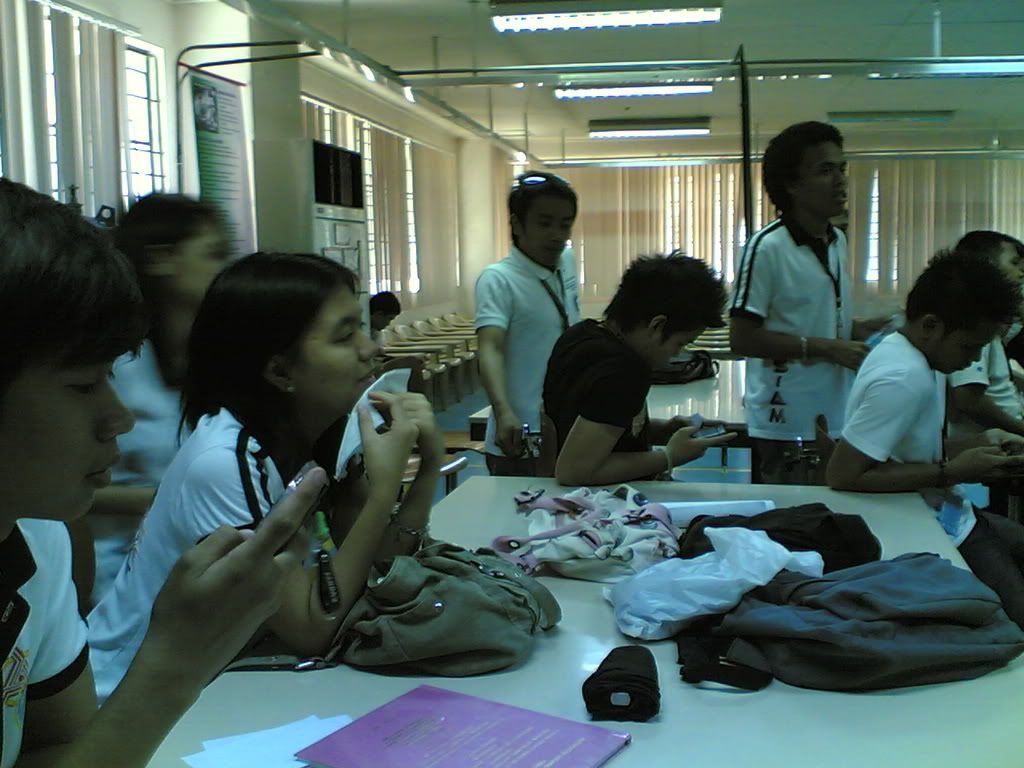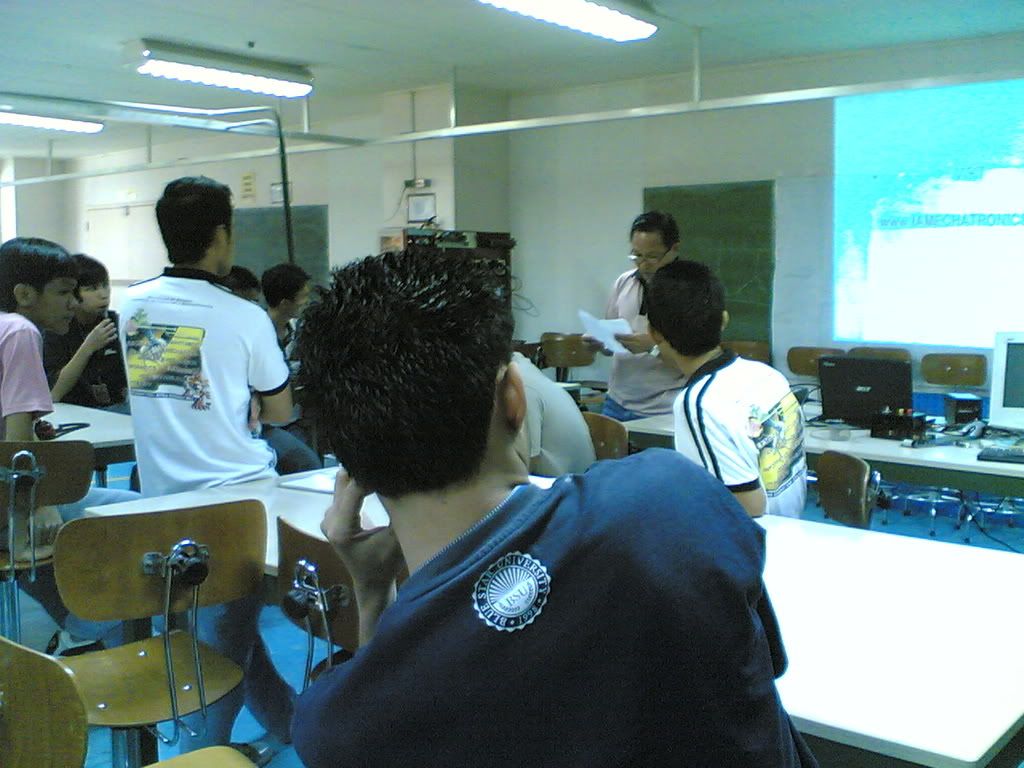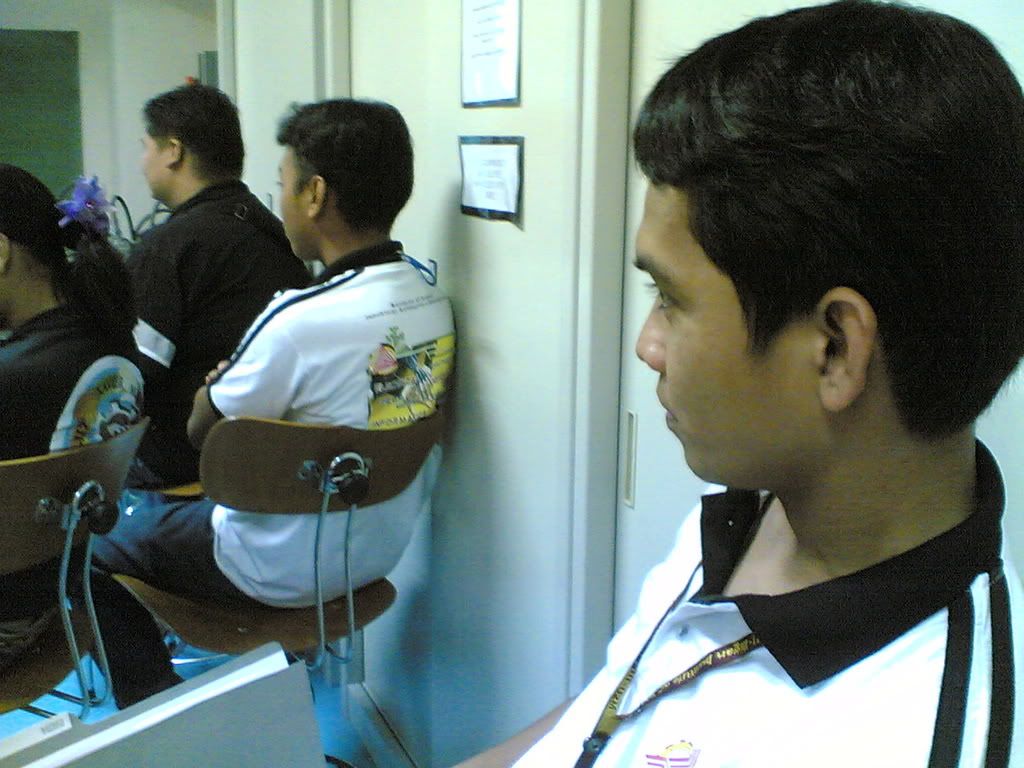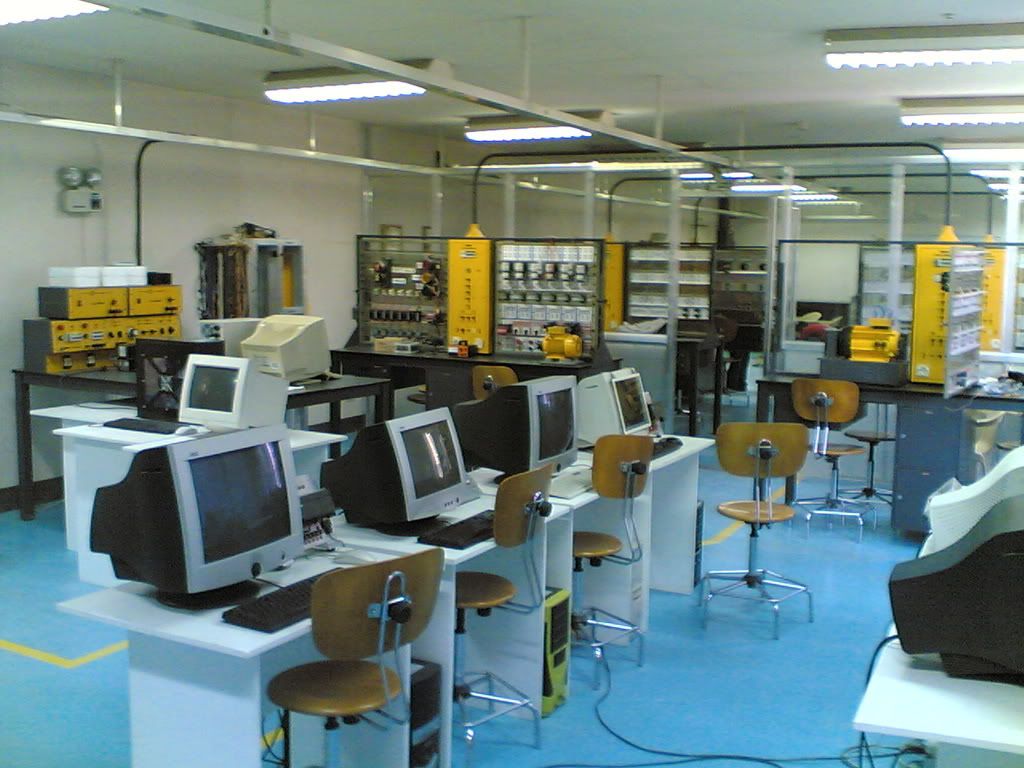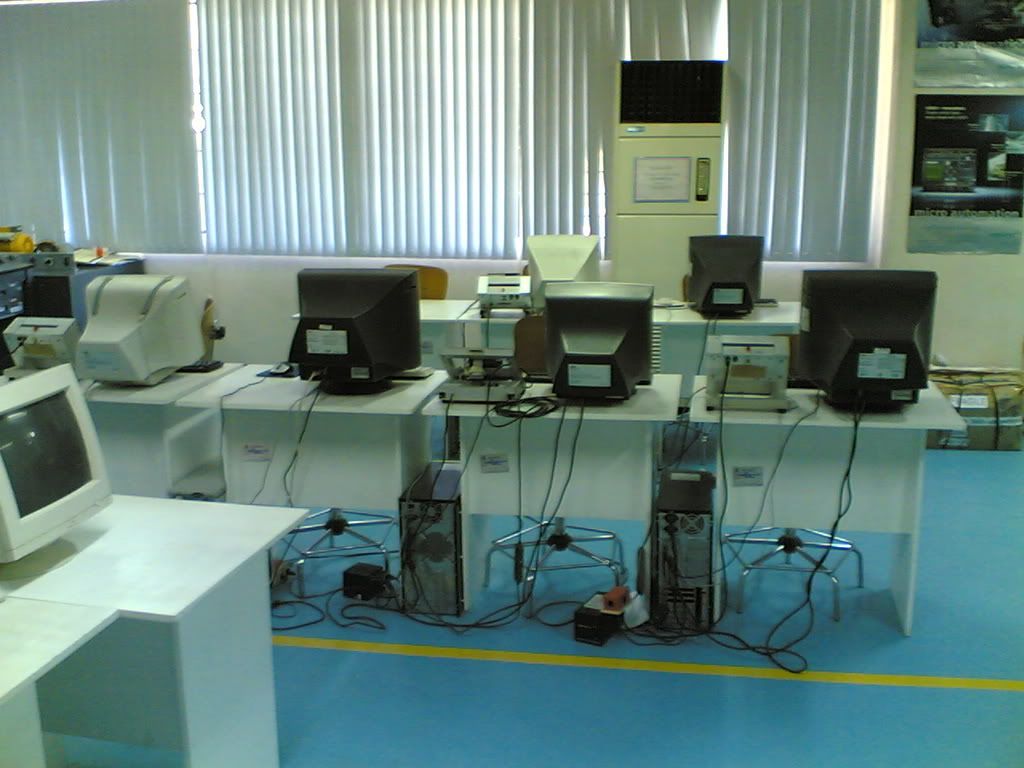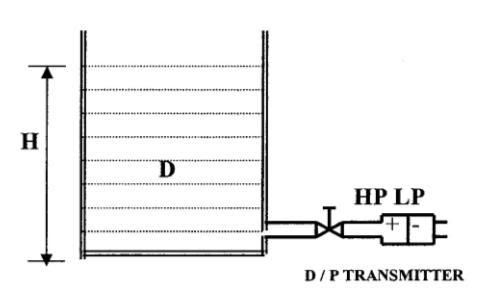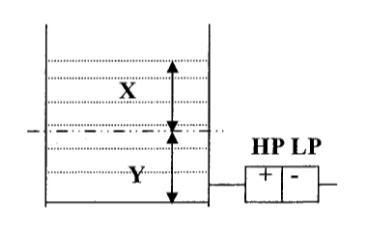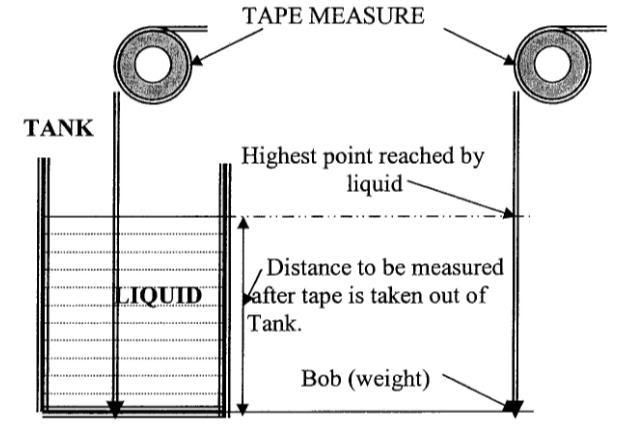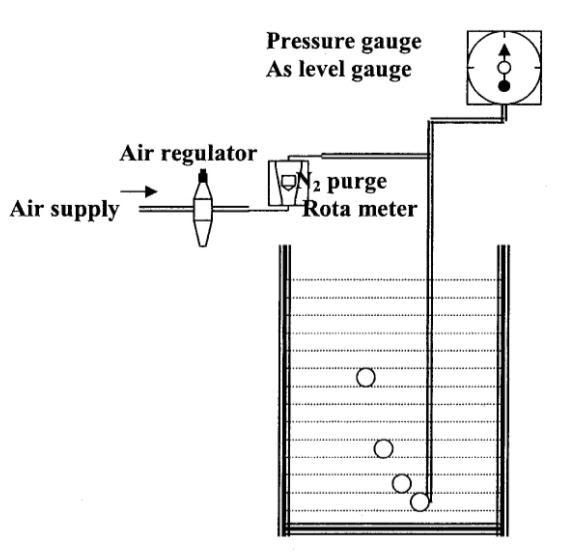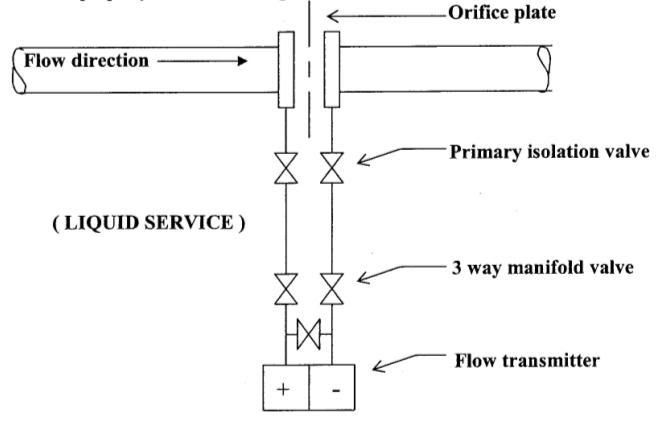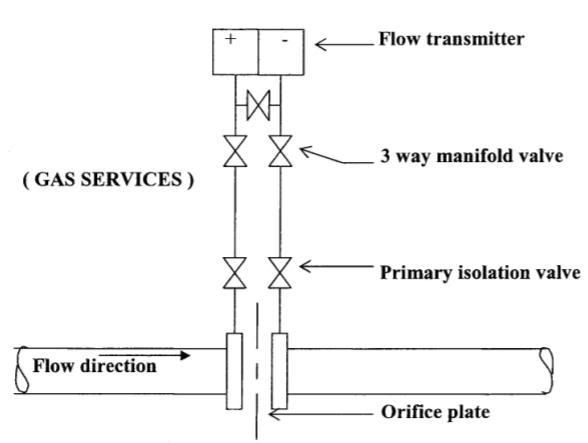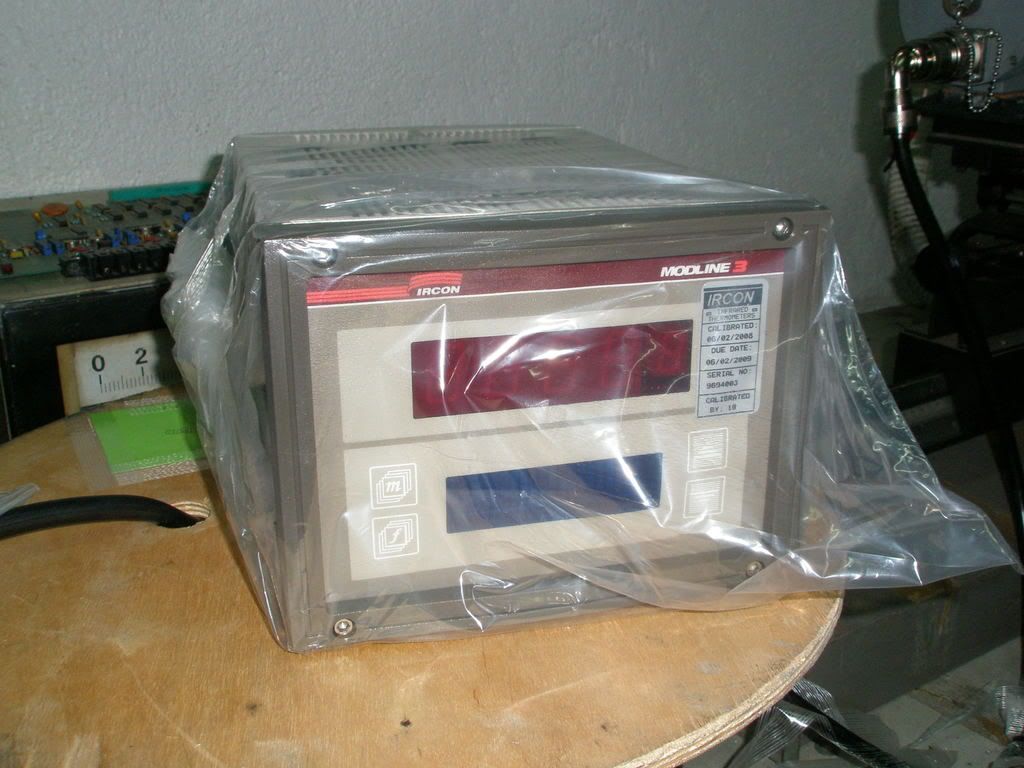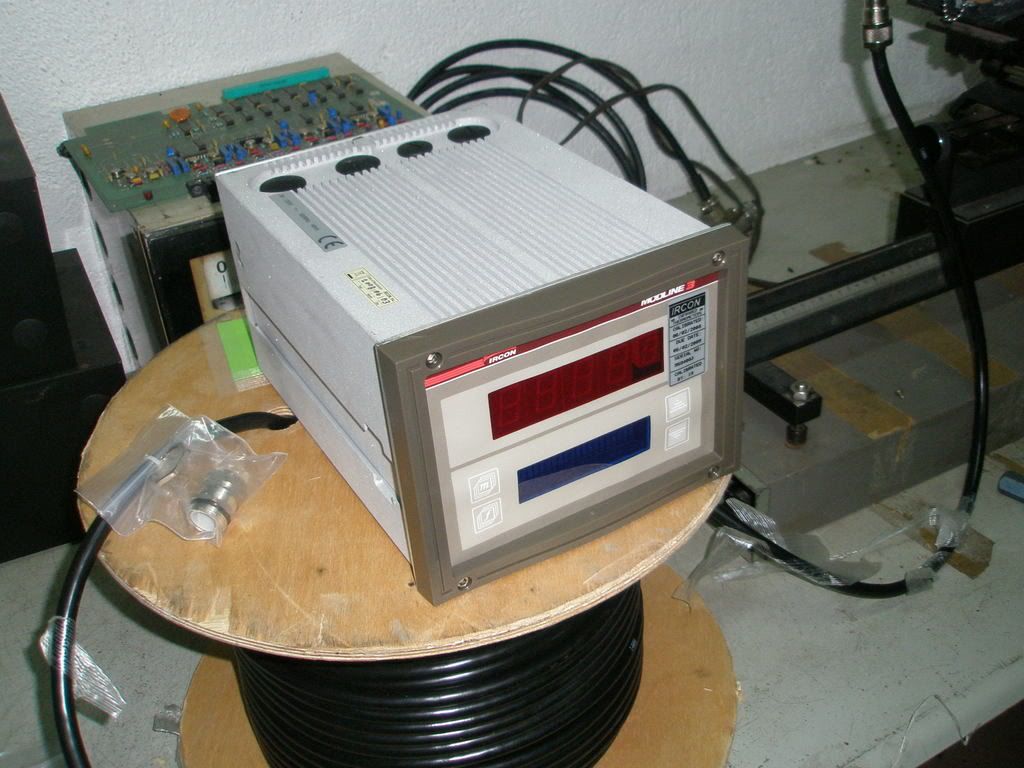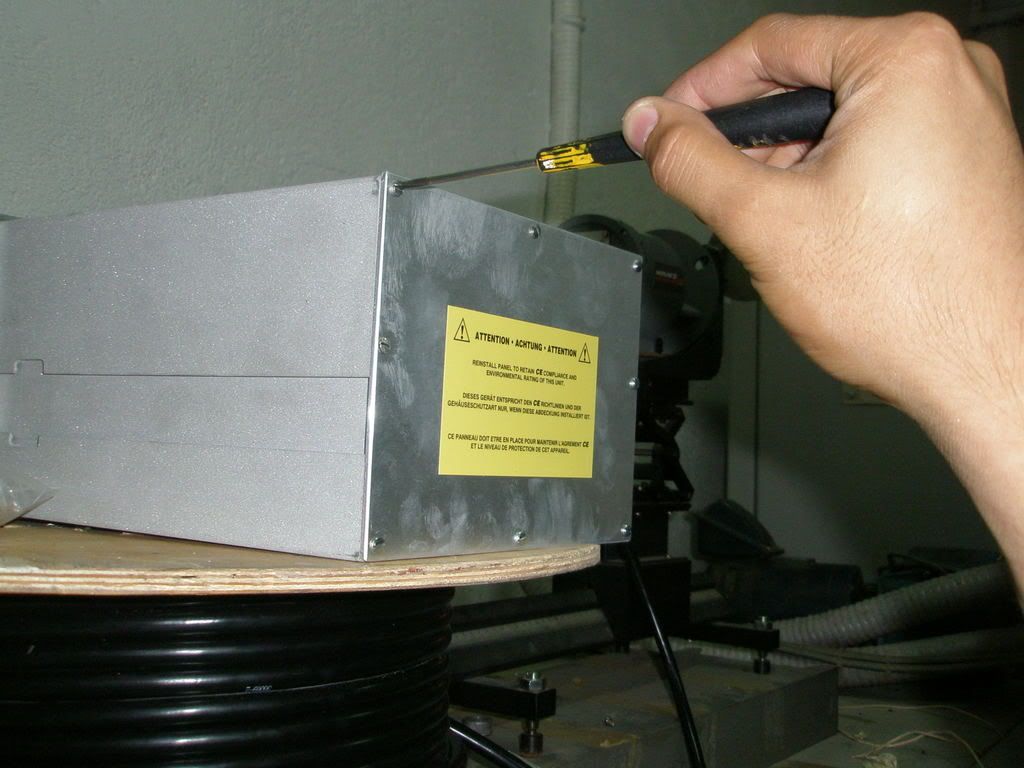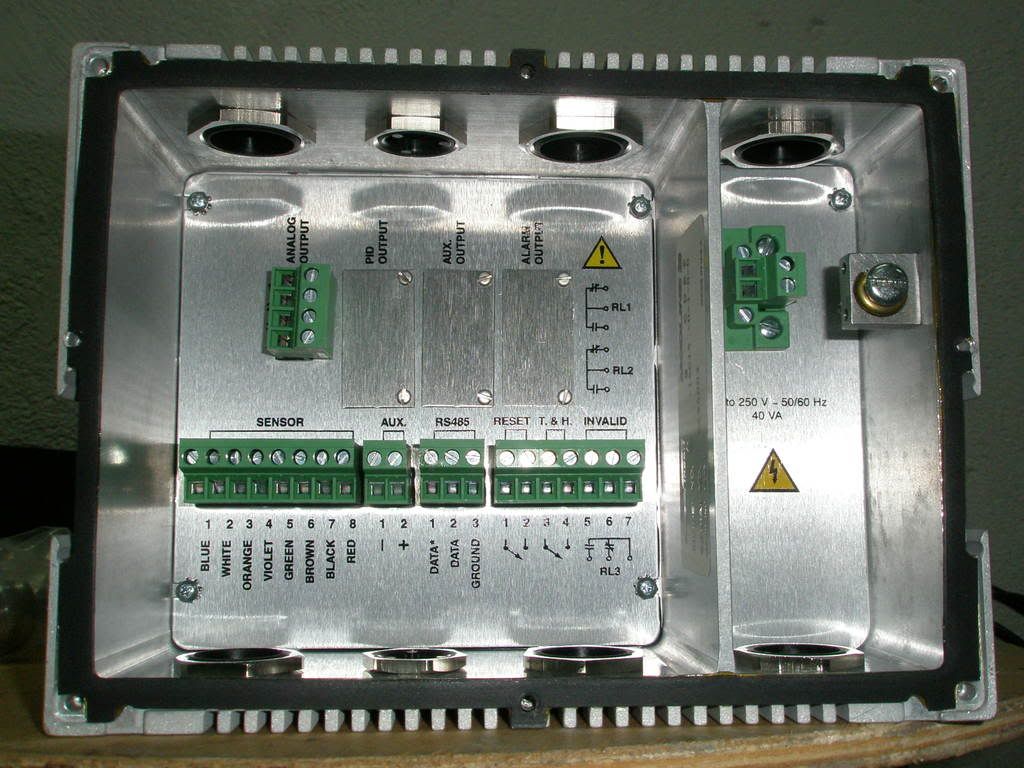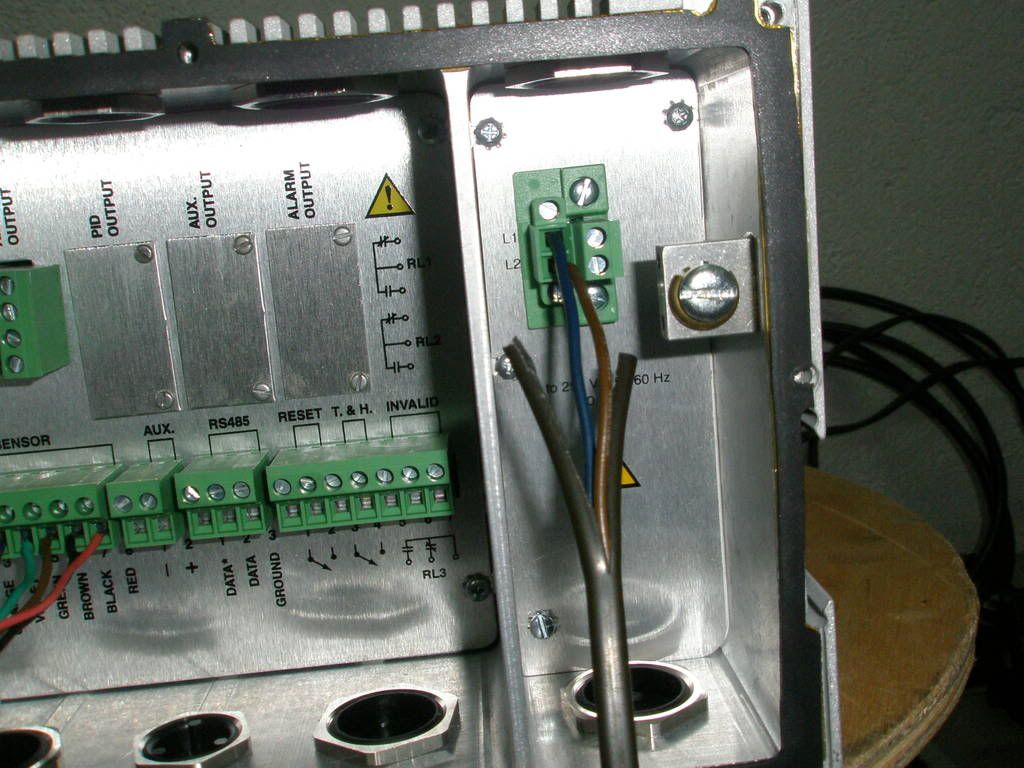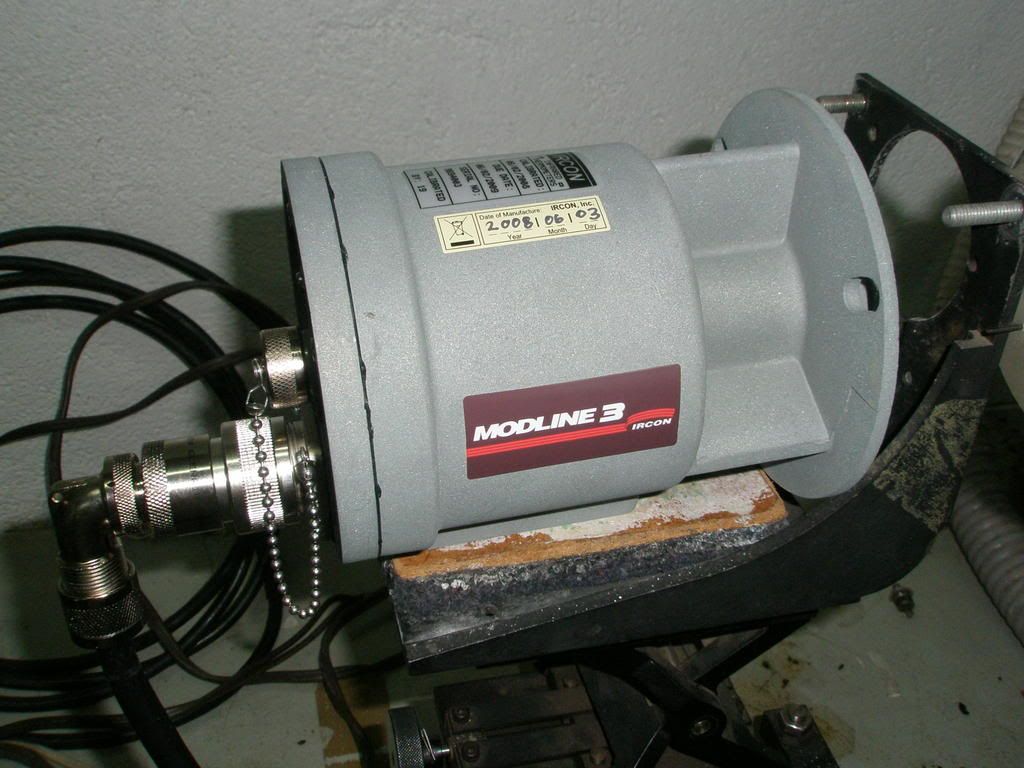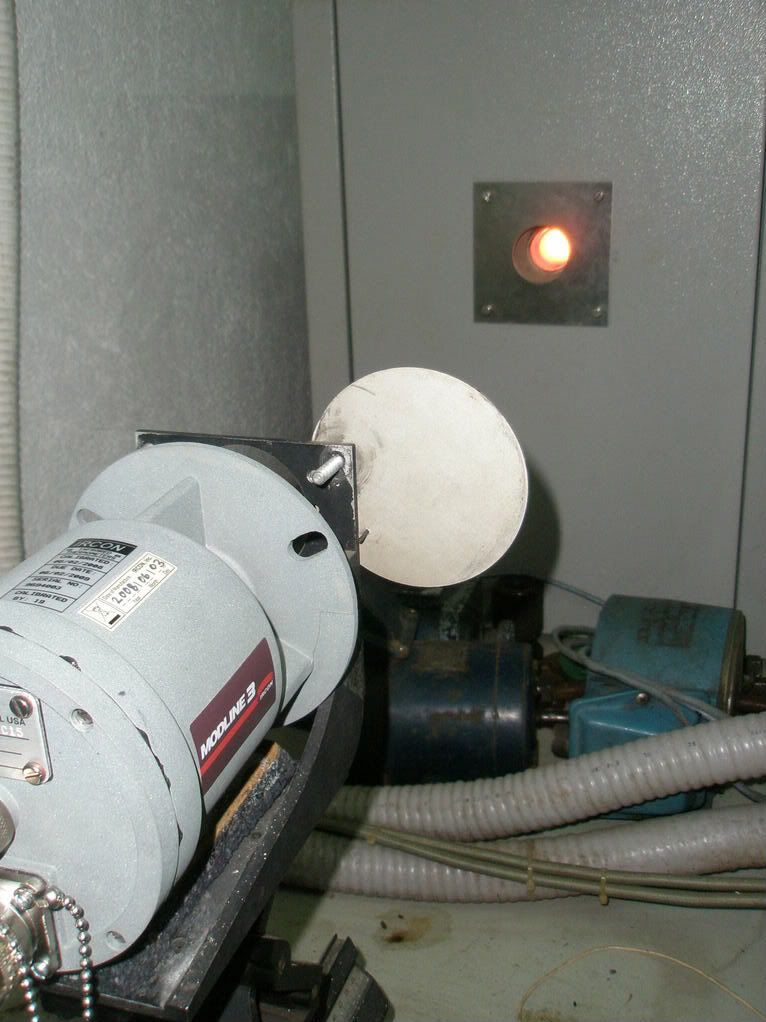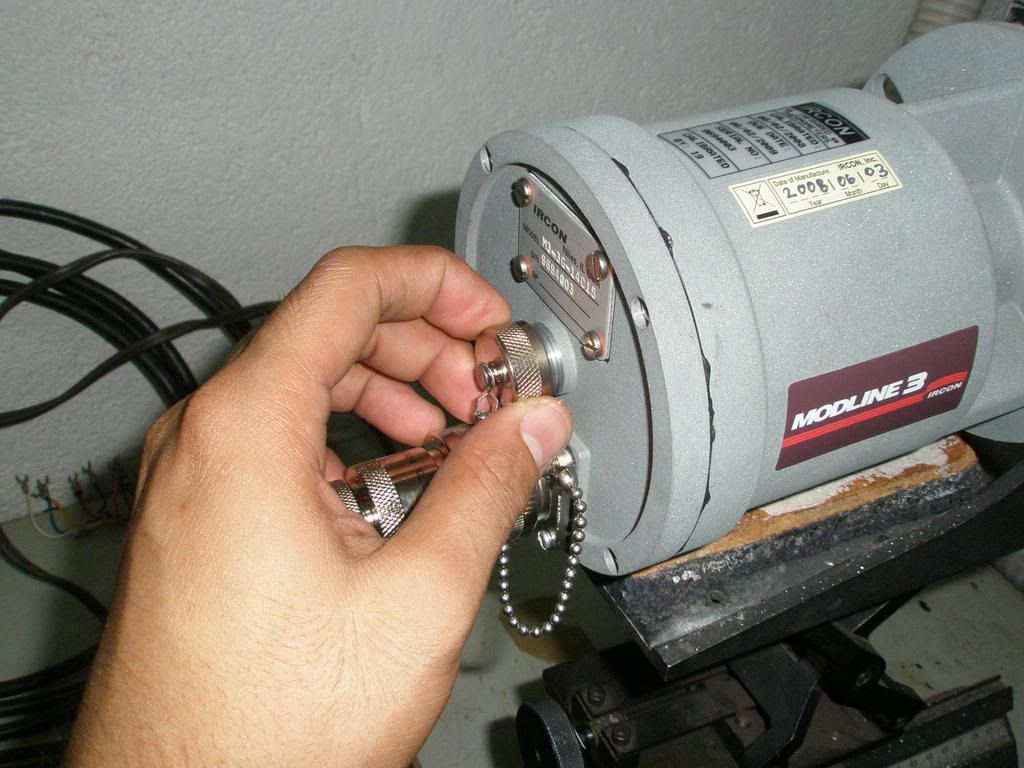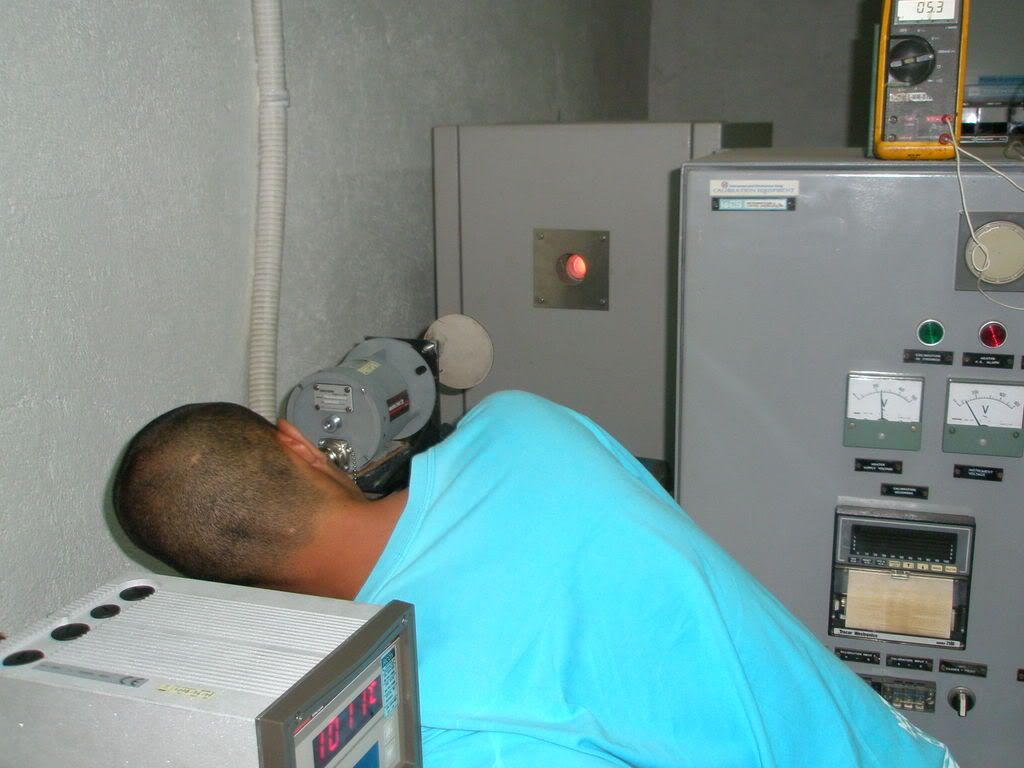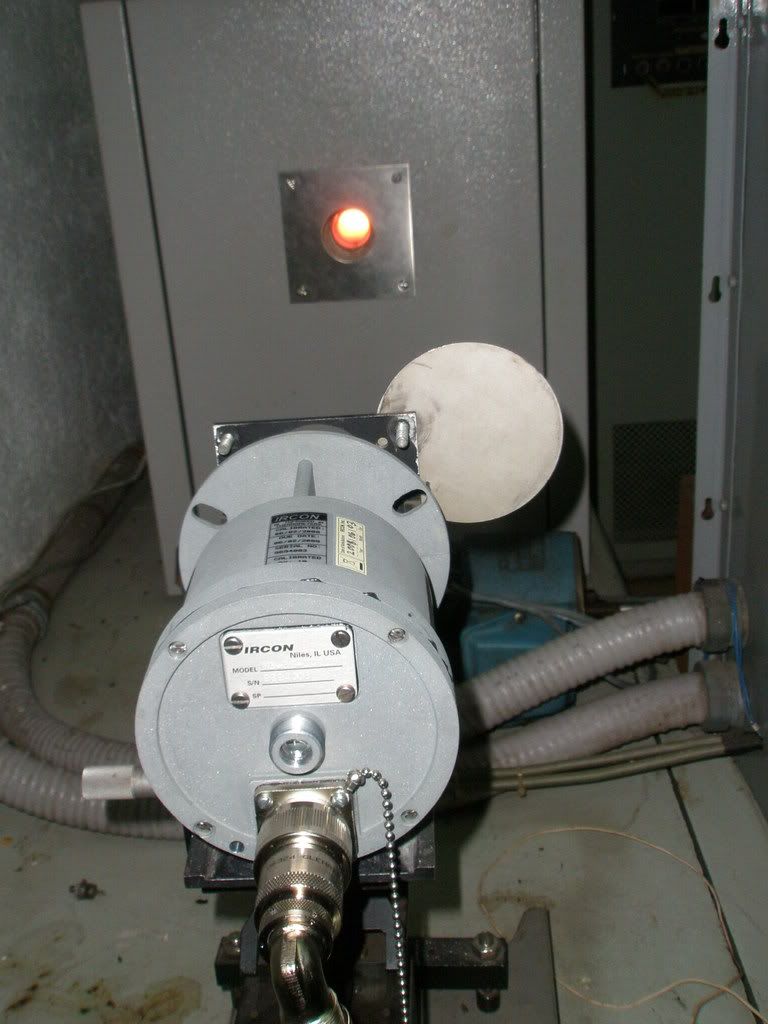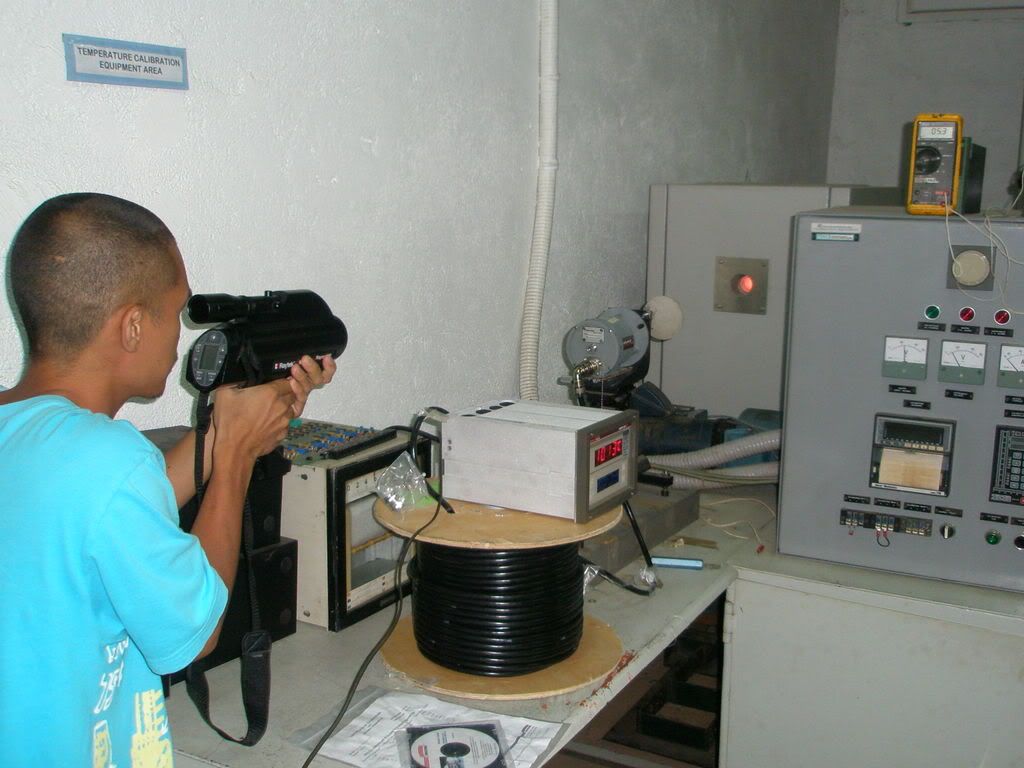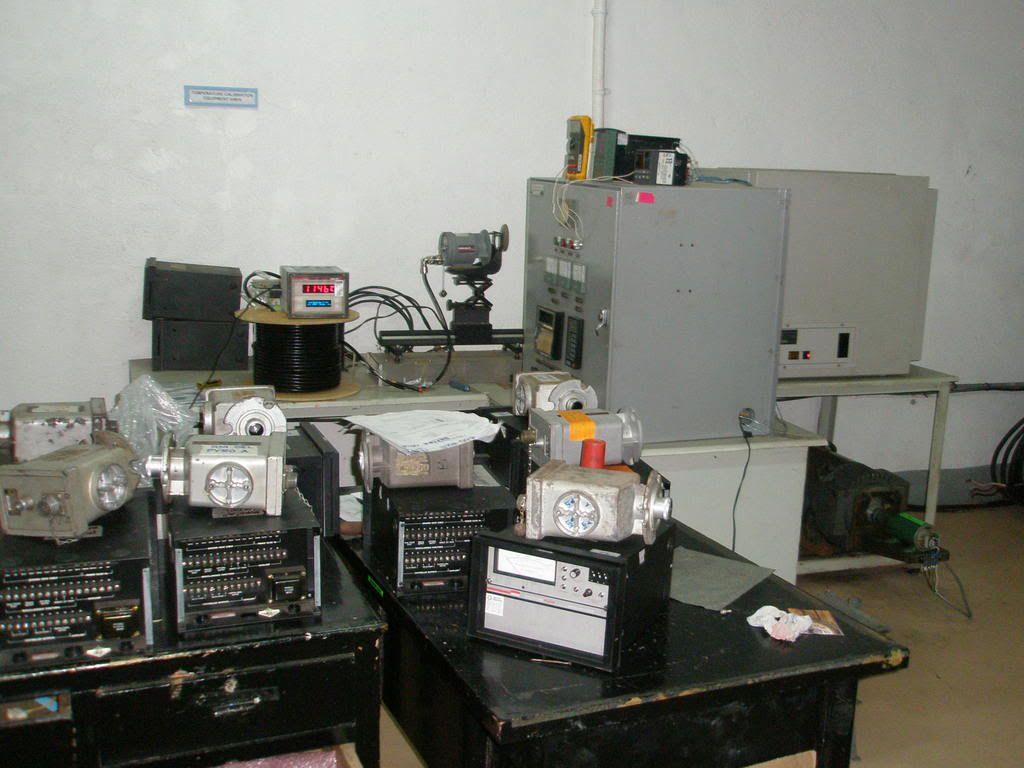MODBUS® TCP/IP IS an Internet protocol. The fact that TCP/IP is the transport protocol of the Internet automatically means that MODBUS® TCP/IP can be used over the Internet! Among other things it was designed to reach this goal, and as part of this goal the MODBUS® protocol specification has been submitted to the Internet Engineering Task Force (IETF). In practical terms, this means that a MODBUS® TCP/IP device installed in Europe can be addressed over the Internet from the USA from anywhere else in the world.
The implications for a vendor of equipment or an end-user are endless.
- Performing maintenance and repair on remote devices from the office using a PC and browser reduce support costs and improve customer service.
- Logging onto a plant's control system from home allows the maintenance engineer to maximize his plant's uptime and reduce the number of times that he is called out from home.
- Managing geographically distributed systems becomes easy using commercially available internet/intranet technologies.
At this moment there are more than 200 MODBUS® TCP/IP devices available in the market. It is used to exchange information between devices, monitor and program them. It is also used to manage distributed I/Os, being the preferred protocol by the manufacturers of this type of devices.
Combining a versatile, scaleable, and ubiquitous physical network (Ethernet) with a universal networking standard (TCP/IP) and a vendor-neutral data representation (MODBUS® ) gives a truly open, accessible network for exchange of process data.
The protocol - Modbus TCP
Modbus/TCP basically embeds a Modbus frame into a TCP frame in a simple manner. This is a connection-oriented transaction which means every query expects a response.
This query/response technique fits well with the master/slave nature of Modbus, adding to the deterministic advantage that Switched Ethernet offers industrial users. The use of OPEN Modbus within the TCP frame provides a totally scaleable solution from ten nodes to ten thousand nodes without the risk of compromise that other multicast techniques would give.

Performance from a MODBUS TCP/IP system
The performance basically depends on the network and the hardware. If you are running MODBUS® TCP/IP over the Internet, you won't get better than typical Internet response times. However, for communicating for debug and maintenance purposes, this may be perfectly adequate and save you from having to catch a plane or go to site on a Sunday morning!
For a high-performance Intranet with high-speed Ethernet switches to guarantee performance, the situation is completely different.
In theory MODBUS® TCP/IP carries data at up to 250/(250+70+70) or about 60% efficiency when transferring registers in bulk, and since 10 Base T Ethernet carries about 1.25 Mbytes/sec raw, the theoretical throughput is:
1.25M / 2 * 60% = 360000 registers per second and the 100 Base T speed is 10 x greater.
This assumes that you are using devices that can service Ethernet as fast as bandwidth is available.
Practical tests carried out by Schneider Automation using a MOMENTUMTM Ethernet PLC with Ethernet I/O demonstrated that up to 4000 I/O bases could be scanned per second, each I/O base having up to 16 12-bit analog I/O or 32 discrete I/O. Four bases could be updated in one millisecond. While this is below the theoretical limit calculated above, it must be remembered that the tested device was running with a lowly 80186 CPU running at 50Mhertz with an effective computing power of 3 MIPS (compared to the 700 MIPS of a 500MHz Pentium). Also, these results are nevertheless faster than the proprietary I/O scan methods used to date.
As low-end CPU's get cheaper, Momentum-type devices will chase the theoretical limit, although they'll never reach it because the limit will be continually pushed further away with 1 Gigabit Ethernet, 10 Gigabit Ethernet, etc. This is in contrast to other field-buses which are inherently stuck at one speed.
How can existing MODBUS devices communicate over MODBUS TCP/IP?
MODBUS® TCP/IP is simply MODBUS® protocol with a TCP wrapper. It is therefore extremely simple for existing MODBUS® devices to communicate over MODBUS® TCP/IP. To do this a gateway device is required to convert MODBUS protocol to MODBUS TCP/IP.
| ||||
 • Connects Modbus RTU products to SCADA or PLC’s over Ethernet • Transparent Gateway between Modbus RTU and Modbus TCP. | ||||
| ||||
 • Connects Modbus RTU/ASCII products to any Windows based software • Transparent connection • 2 ports (1 RS485 + 1 RS232) | ||||
| ||||
 • Modbus I/O: 4 DI, 4 DO, 2AI, 1AO, “ RTD (Temperature) • Can be accessed through Internet and Mobile phones | ||||




